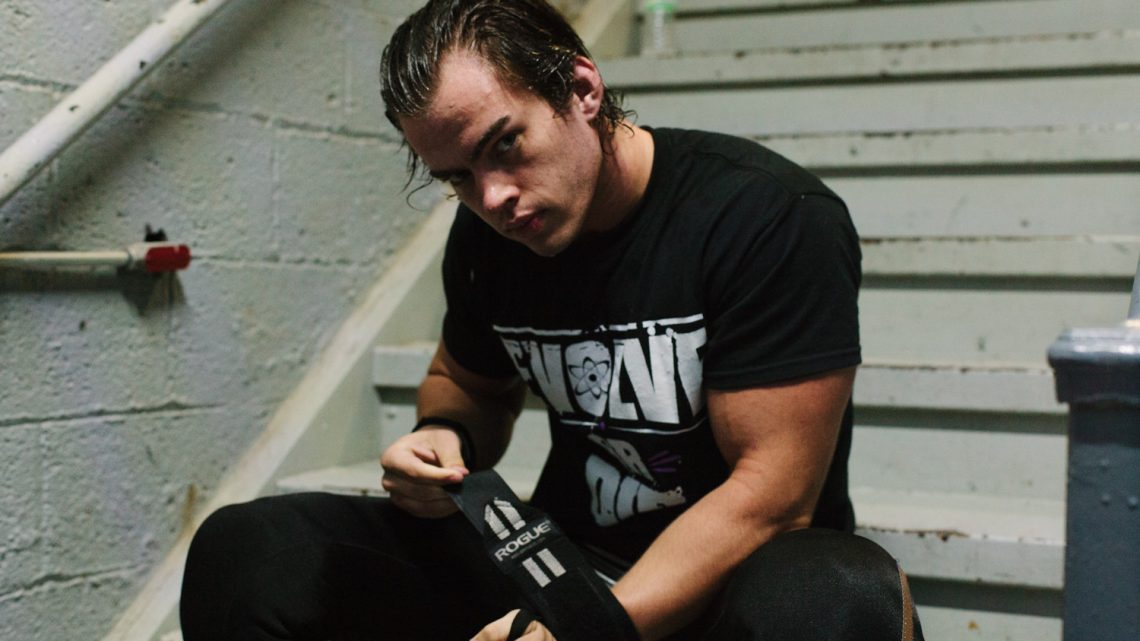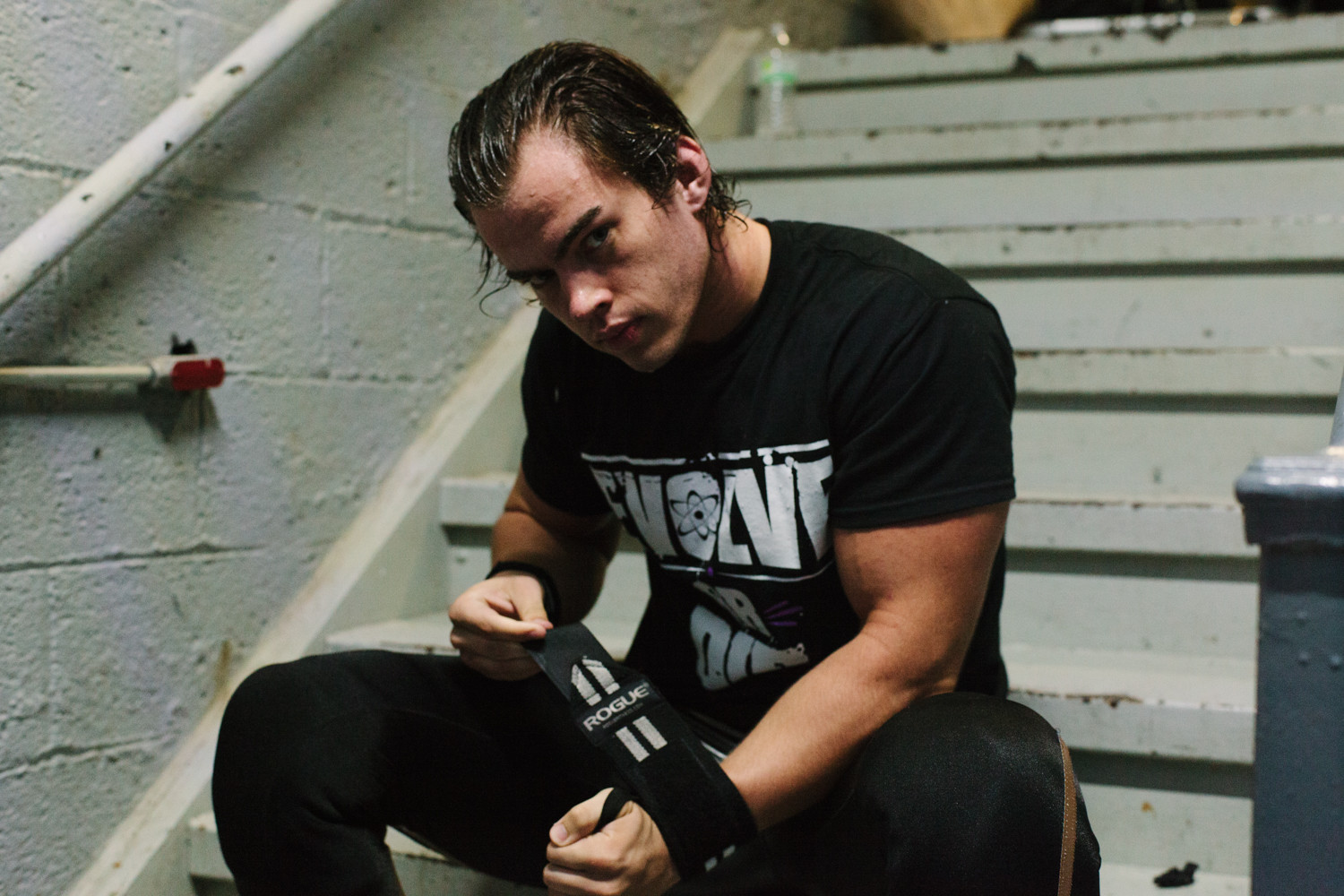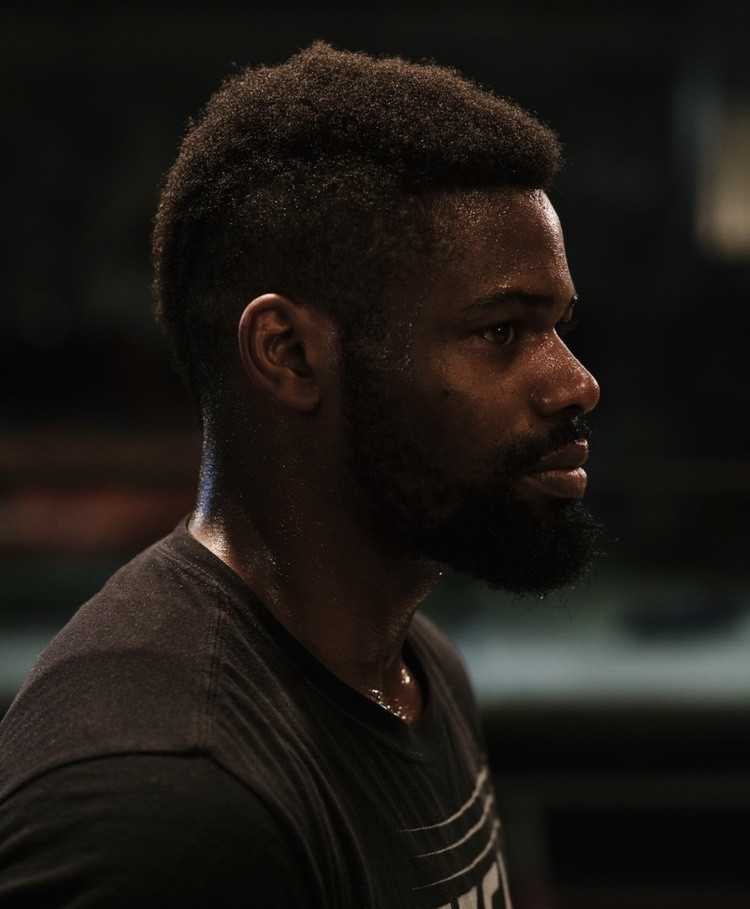
The Next Generation of Professional Wrestlers Is Out for Blood
May 22, 2019Professional wrestling is a sport unlike any other. Over the past 150 years it has gone from an American carnival attraction to a global art form. From its earliest incarnation as a way to dupe spectators out of gambling winnings, it has expanded around the globe, from Nunavik to the Congo, entertaining the masses with violence and deception.
While wrestling has morphed over the years to meet the expectations and tastes of new generations, its core has remained the same: two (and sometimes more) people working together to convince an audience to suspend their disbelief for a few hours and embrace the violent storyline taking place in front of them. And while this is accomplished in different ways in different cultures with a variety of wrestling styles, in many places around the world the gigantic spectacle of the WWE has become the most dominant manifestation of wrestling.
Like Starbucks or McDonald's, WWE has made itself synonymous with the product it sells. People like The Rock, John Cena, and Bautista are recognizable the world over as real-life superheroes. Each year the company generates hundreds of millions of dollars in revenue from TV deals, merchandise, and sold-out shows pushing the hegemony of its brand of sports entertainment.
And while the WWE is the most recognizable wrestling organization, there are many smaller, more underground companies pushing the boundaries of what wrestling can be and training the next generation of mainstream superstars. For the first episode of Viceland’s new series The Wrestlers, airing Wednesday at 10 p.m., I had the opportunity to meet some of the people fueling the creativity behind those outfits.

If the WWE has effectively monopolized the popular idea of what wrestling is, Austin Theory is the direct product of that monoculture. At 22 years old and with just three years in the business, Austin already looks like he stepped off of Monday Night Raw. A lifelong fan raised during John Cena’s over ten-year reign as the company’s top star, Theory's dream has always been to become a member of that elite club.
Professional sports are filled with people who decided at a young age to dedicate their lives to achieving the highest ranks possible in their chosen field. They push their bodies' physical limits and let the quest define them. For Theory, the journey to becoming a professional wrestler was no different.
It all began at the ripe age of nine thanks to a chance encounter with on-again, off-again WWE trainer Bill DeMott. While his mom was getting a quick workout in at a local Gold’s Gym (the same one he would later make his second home), Austin decided to check out the newly opened MMA gym next door, wandering into a wrestling training run by the notoriously tough DeMott.
The controversial trainer took a liking to the inquisitive kid and allowed him to sit in on the classes with adult students. Austin was even encouraged to take part in some of the drills, embarrassing the adult wrestling trainees who were unable to match his aptitude. DeMott kept in contact with Austin over the years, offering encouragement and advice as he continued his journey.
His teen years were spent bodybuilding. Recognizing that a chiseled physique is an essential part of WWE’s brand of wrestling alchemy, he began working to achieve that. Competing in and winning contests, he was encouraged to pursue bodybuilding further, but walked away in order to focus on wrestling and his ultimate goal of joining the WWE. It was that single-minded focus that brought him to Evolve, the wrestling organization long considered the on-ramp to the WWE.
Evolve’s founder, booker Gabe Sapolsky, got his start in the industry working in the office of Philadelphia’s legendary Extreme Championship Wrestling during the mid 90s. He became a protege of maverick owner Paul Heyman, whose genius approach to booking professional wrestling would change the industry forever. Since then, Gabe has earned a reputation for finding and nurturing talent like Seth Rollins, Bryan Danelson, and CM Pun who would go on to become some of the WWE's main attractions.
So frequently has this happened that the WWE recently brought him on board in a formal capacity at their Florida-based development company, NXT. His job there is to work on the creative team and help develop the young talent WWE signs. This has effectively turned Evolve into a AA League to NXT’s AAA division.
But not everyone in the Evolve locker room necessarily will or even wants to wind up in the WWE.

Even though Fred Yehi came up in the same era of wrestling as Austin, he took a different path. Like many fans not satisfied with the product on their TVs, he sought out other forms of the sport. His room, still today littered with DVDs of obscure and international wrestling, serves as evidence that he is a different breed of fan.
Yehi was particularly taken with the hard-hitting strong style of Japanese wrestling. Born out of post WWII tensions, American wrestling god Terry Funk famously said that the Japanese style of wrestling was more a “shoot” (real) fight that they had to make look like a “worked” (staged) wrestling match. Yehi also found a fondness for the graceful chain wrestling of the UK—hold/counterhold exchanges smoothly strung together—which lent itself perfectly to his amateur wrestling background.
He took those influences and combined them with his collegiate wrestling experience and created a new style that plays off his shorter-by-wrestling standards 5’ 7” frame (Yehi = Yay High). Rounded out by his unbelievable conditioning, Yehi seamlessly combines the UK and Japanese styles in a way that reflects the transcontinental tastes of many wrestlers who have grown up in the information age with access to global wrestling trends.
While no doubt the incredible platform and paycheck of the WWE would be welcome, it’s clear that it isn’t Yehi’s only metric of success. He loves wrestling and fought his way into the Evolve locker room to work with the best people possible.

Darby Allin (as in GG and Crash) didn’t so much fight his way into the locker room at Evolve as get thrown in there. A childhood wrestling fan who spent much of his early teen life as a Jackass devotee, Darby already had a predilection for self-destruction.
He started training for wrestling on a whim in 2016 and had been doing it for less than a year when he walked into an Evolve open tryout. Sapolsky was so impressed by what he saw that Allin was offered a spot on the Evolve show that night, getting his ass beat by one of the company’s top heels, Ethan Page.
Allin's ability to take a beating impressed Sapolsky, and he was invited back. This cycle would continue for the better part of a year, and each time Allin came back he would up the amount of violence he was willing to endure. This seeming indifference to pain and the speed with which he took to wrestling has made him a fast fan favorite.
Wrestling today is different, and doesn’t necessarily look like it did in generations past. The wrestlers of a different era might look at someone like Darby Allin and say that he does too much. They would argue that moves like swan dives off the top of ladders and getting hurled like a human dart from the ring are too dangerous. Today’s up-and-comers would likely counter that they are competing in a world with limitless entertainment, and only doing what wrestling has always done: evolve to meet the tastes of its audience.
“I try to not recycle what has already been done,” Allin says. “If I watched everything from the 80s and try to recycle it to give it to the 2000s, it would just look like pro wrestling.” And it’s clear Darby wants his pro wrestling to be something more than what came before it.
The next generation of wrestling talent has already begun to take over the industry. Austin Theory is now a champion in Evolve, his assent to WWE all but assured. Darby Allin recently left the company to join up with All Elite Wrestling, a wrestler-driven company with big-time sports money behind it.
Fred Yehi has also left Evolve and is completely independent. Fred perhaps best embodies what has changed the most for wrestlers of this era: you no longer need to be attached to a company. If a wrestler doesn’t like their situation they can leave and, because of social media, take their fanbase with them. With wrestling, it’s not just the in-ring product that is constantly evolving, but the business itself.
These three athletes are the focus of the first episode of The Wrestlers, airing tonight at 10 p.m. on Viceland. Over the course of the ten episode series, the evolution of global wrestling will be deeply explored. Looking into all the rich forms of cultural expression that blossom around the universal core of staged combat, we will meet the people who are pushing their styles of wrestling to new extremes. From the exóticos breaking down gender norms in lucha libre to the witchcatch wrestlers of Congo testing the furthest limits of the art form, we'll talk to the people in every corner of the earth who risk their bodies and, in some cases, lives, all in the name of entertaining the crowd.
The Wrestlers airs Wednesdays on Viceland at 10 p.m. est.
Follow Damian on Twitter.


